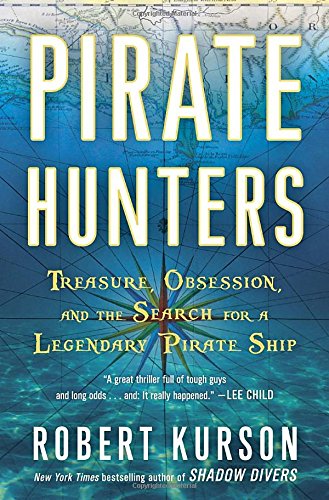Hick Lit Pairings for “Hillbilly Elegy” Film
by Rachel Cunningham, Circulation Supervisor
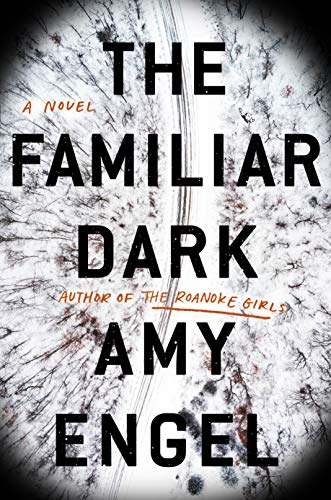 With the recent adaptation of J.D. Vance’s bestselling memoir “Hillbilly Elegy” to film, now seems like a great opportunity to reflect on one of my favorite niche genres – rural noir, or hick lit. A couple years ago, I began to notice a theme in the books I was devouring – they were set in Kansas, Missouri, the Ozarks, and Appalachia. The characters weren’t always likeable, yet you were invested in their stories. They were intricately plotted, character driven novels. Many authors balanced a gritty yet lyrical writing style, which constructed a story with the devastation of realistic events told in a beautiful, flowing narrative. This was rural noir. If you’re interested in characters that are flawed, conflicted, and sometimes even insufferable, I have a few suggestions for you.
With the recent adaptation of J.D. Vance’s bestselling memoir “Hillbilly Elegy” to film, now seems like a great opportunity to reflect on one of my favorite niche genres – rural noir, or hick lit. A couple years ago, I began to notice a theme in the books I was devouring – they were set in Kansas, Missouri, the Ozarks, and Appalachia. The characters weren’t always likeable, yet you were invested in their stories. They were intricately plotted, character driven novels. Many authors balanced a gritty yet lyrical writing style, which constructed a story with the devastation of realistic events told in a beautiful, flowing narrative. This was rural noir. If you’re interested in characters that are flawed, conflicted, and sometimes even insufferable, I have a few suggestions for you.
Although there are other well-known authors who write within this genre like Daniel Woodrell (“Winter’s Bone”) and Sharyn McCrumb (Ballad Series), Laura McHugh has mastered the craft of creating compelling characters in all of her novels. In her most recent novel, “The Wolf Wants In”, McHugh weaves a story between two alternating perspectives. In Blackwater, Kansas, Sadie is grieving the death of her brother, Shane. At only 36, Shane died suddenly at home of what was deemed to be a heart attack. Yet, Sadie is suspicious of the uninvestigated death and subsequent decision to not perform an autopsy by her sister-in-law. Weary of the lack of police intervention in her brother’s case, Sadie begins her own investigation. Meanwhile, Henley belongs to a notorious local family she dreams of escaping. When her mother disappears on her most recent bender, Henley takes over her housekeeping position to save money for her getaway. However, her new employer complicates her plans. As the reader becomes entangled in the stories of the two women, Henley races to unfurl family secrets and the secrets about Shane before she is ensnared or worse. Be aware, McHugh does an excellent job with pacing in this book. It may be difficult to put down, and you might find yourself reading into the early hours of the morning.
Since our last hick lit article, Amy Engel has released her novel “The Familiar Dark.” Set firmly in the Ozarks, Engel’s newest adult novel follows Eve Taggert, a not-yet-grieving mother hunting for her daughter’s murderer. After the murder of 12-year-old Junie, the local police, including Eve’s brother, Cal, have no leads. Eve enlists the help of her estranged mother, while determined to avoid deteriorating into a resemblance of the hard woman who raised her. Junie is brought to life through Eve’s memories, as she comes to grips with how easily her life would’ve mirrored her mother’s without her unplanned pregnancy twelve years prior. As Eve continues to spin further out of control in her quest for an answer, readers wonder what the answer will cost her and whether the price is worth justice for Junie. Although Engel’s novel is fictional, it resonates with the topics in Vance’s memoir. Eve poignantly observes, “The world might be changing in some places, but not here. Here it was still the same old merry-go-round of drugs and poverty and women being chewed up and spit out by men. People in other worlds could wear black evening gowns and give speeches about equality and not backing down, but out here in the trenches, we fought our war alone and we lost the battles every day.”
For those interested in a less suspenseful and more literary novel, Stephen Markley’s “Ohio” is a perfect companion for Vance’s memoir. Markley utilizes a slow-burn narrative as chapters change perspective between four former friends, each returning to their small hometown in Ohio for different reasons. The characters are intricate and complex, and Markley’s writing style reflects the stream of consciousness of each character. Readers follow Bill, once energized by left-wing ideas, but now desperately running an illegitimate errand for cash; Stacey, a scholar looking for answers and reconciliation; Dan, a soldier home from Iraq; and Tina, returning to confront her high school abuser. With themes of the recession, post-9/11 America, opiate addiction, homophobia, assault, and more, Markley’s debut earns NPR’s description of “Wild, Angry, [and] Devastating”. This novel provides a window into washed up small towns across America, not just in Ohio. Although “Ohio” is not an easy read, its characters and their provocative questions stick with the reader long after the conclusion of the book.
There is a world of rural noir recommendations waiting for you at NoveList with your Kansas eCard!


 Crafting won’t solve all your problems, but stabbing something with a needle repeatedly is an easy way to feel less anxious. Unfortunately I can’t follow a pattern to save my life, so for a while I only did embroidery.
Crafting won’t solve all your problems, but stabbing something with a needle repeatedly is an easy way to feel less anxious. Unfortunately I can’t follow a pattern to save my life, so for a while I only did embroidery.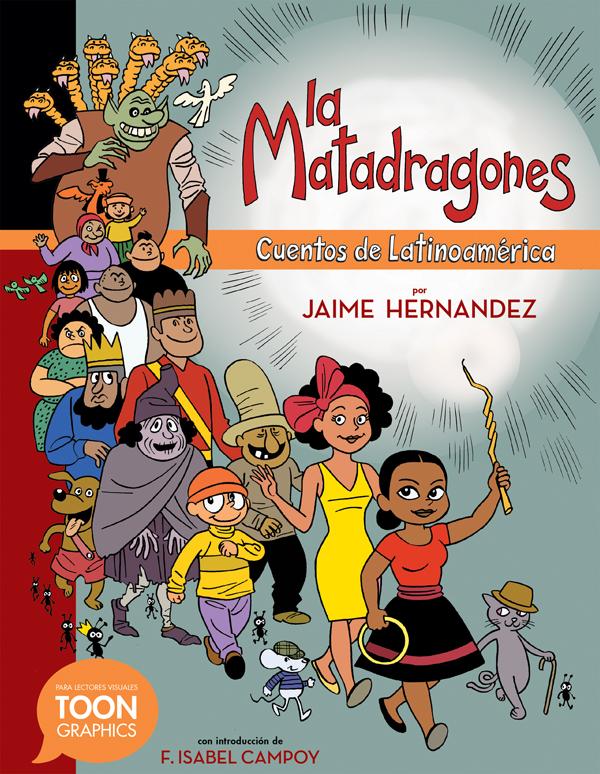 I had a very vivid imagination as a child. My older sibling and I spent a lot of time playing
I had a very vivid imagination as a child. My older sibling and I spent a lot of time playing 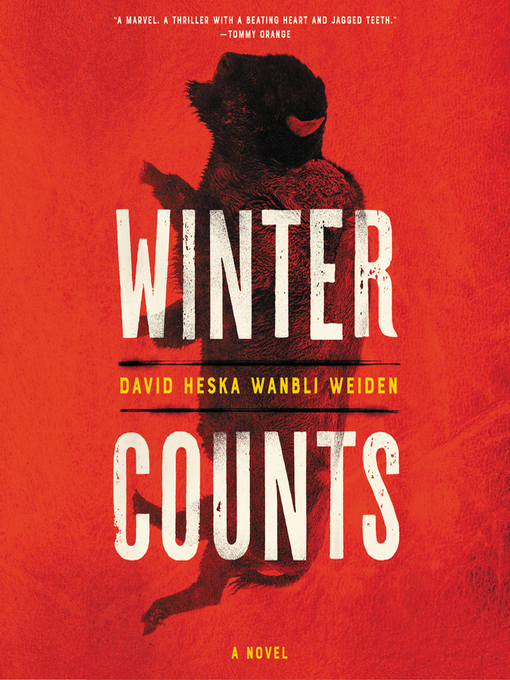 According to the United States Census Bureau, in 2019, 6.9 million Americans identify as American Indian and Alaska Native (AIAN) persons, and this year there are 574 federally- recognized American Indian tribes. Thirty-nine of these tribes call the state of Oklahoma home. I was born in Oklahoma, and while I only lived there for a few years, I’ve gone back frequently to visit family and have an affinity for the red-iron-rich staining dirt. Driving down I-35 from Manhattan to Oklahoma City, I’m always struck by the distinct change in the Earth’s hue, as well as the white-and-green highway signs featuring town names like Chickasha, Tonkawa, and Pawnee. These towns are named after American Indian tribes, and they call out to my curiosity as I drive down I-35. I wonder what stories and histories the peoples of these tribes have. I wonder how different or similar they are to my story. I wonder if they are just as taken with the vibrant red-iron-rich stained earth as I am, and if they have their own story to explain such a phenomenon. Being a librarian and avid bibliophile, I cannot help but find books to sate my curiosity about AIAN peoples and their stories. Here are some of the recently-published contemporary fiction novels I’ve discovered written by American Indian authors.
According to the United States Census Bureau, in 2019, 6.9 million Americans identify as American Indian and Alaska Native (AIAN) persons, and this year there are 574 federally- recognized American Indian tribes. Thirty-nine of these tribes call the state of Oklahoma home. I was born in Oklahoma, and while I only lived there for a few years, I’ve gone back frequently to visit family and have an affinity for the red-iron-rich staining dirt. Driving down I-35 from Manhattan to Oklahoma City, I’m always struck by the distinct change in the Earth’s hue, as well as the white-and-green highway signs featuring town names like Chickasha, Tonkawa, and Pawnee. These towns are named after American Indian tribes, and they call out to my curiosity as I drive down I-35. I wonder what stories and histories the peoples of these tribes have. I wonder how different or similar they are to my story. I wonder if they are just as taken with the vibrant red-iron-rich stained earth as I am, and if they have their own story to explain such a phenomenon. Being a librarian and avid bibliophile, I cannot help but find books to sate my curiosity about AIAN peoples and their stories. Here are some of the recently-published contemporary fiction novels I’ve discovered written by American Indian authors.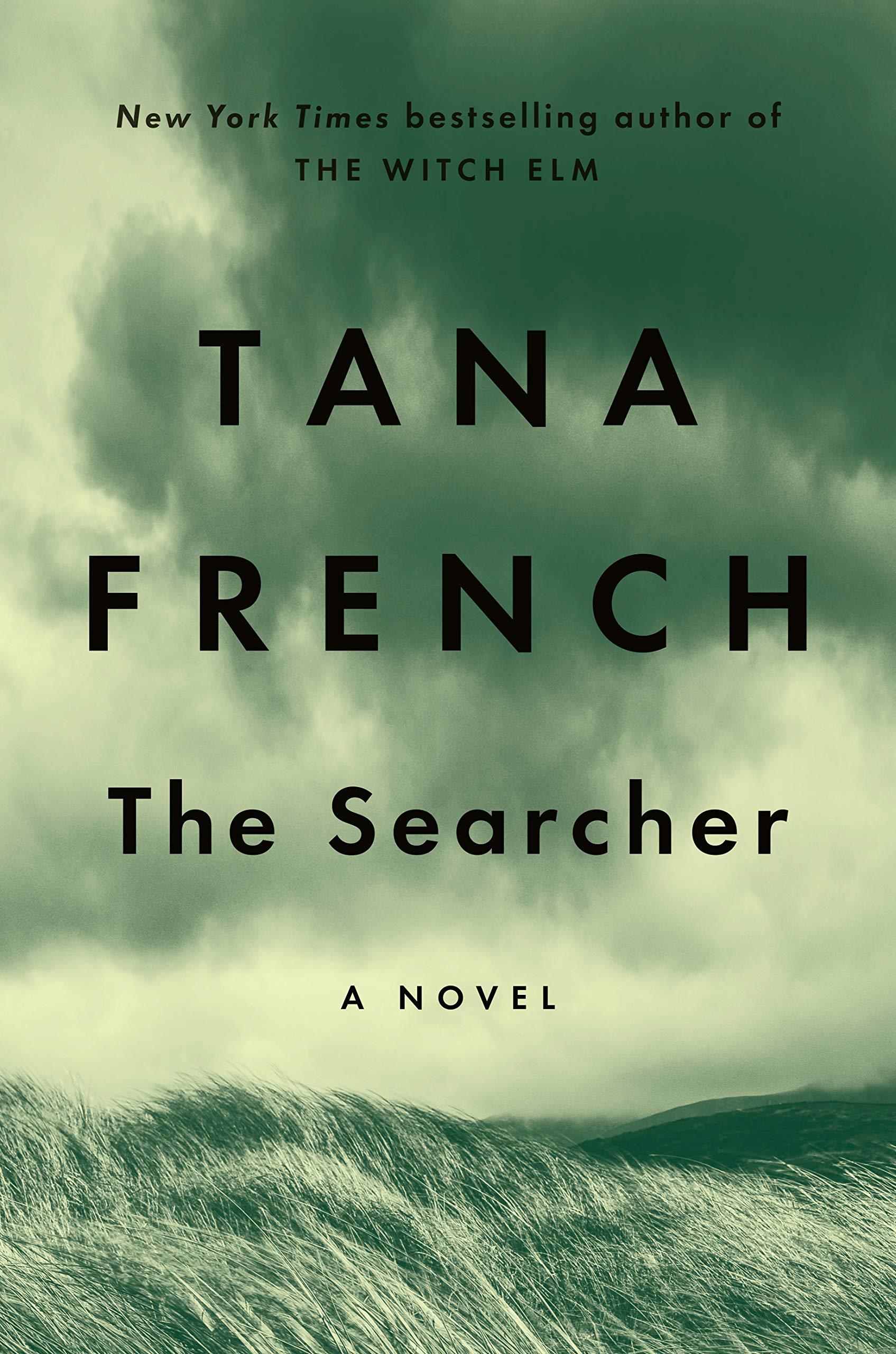 Tana French is a highly regarded Irish mystery writer. Books like “
Tana French is a highly regarded Irish mystery writer. Books like “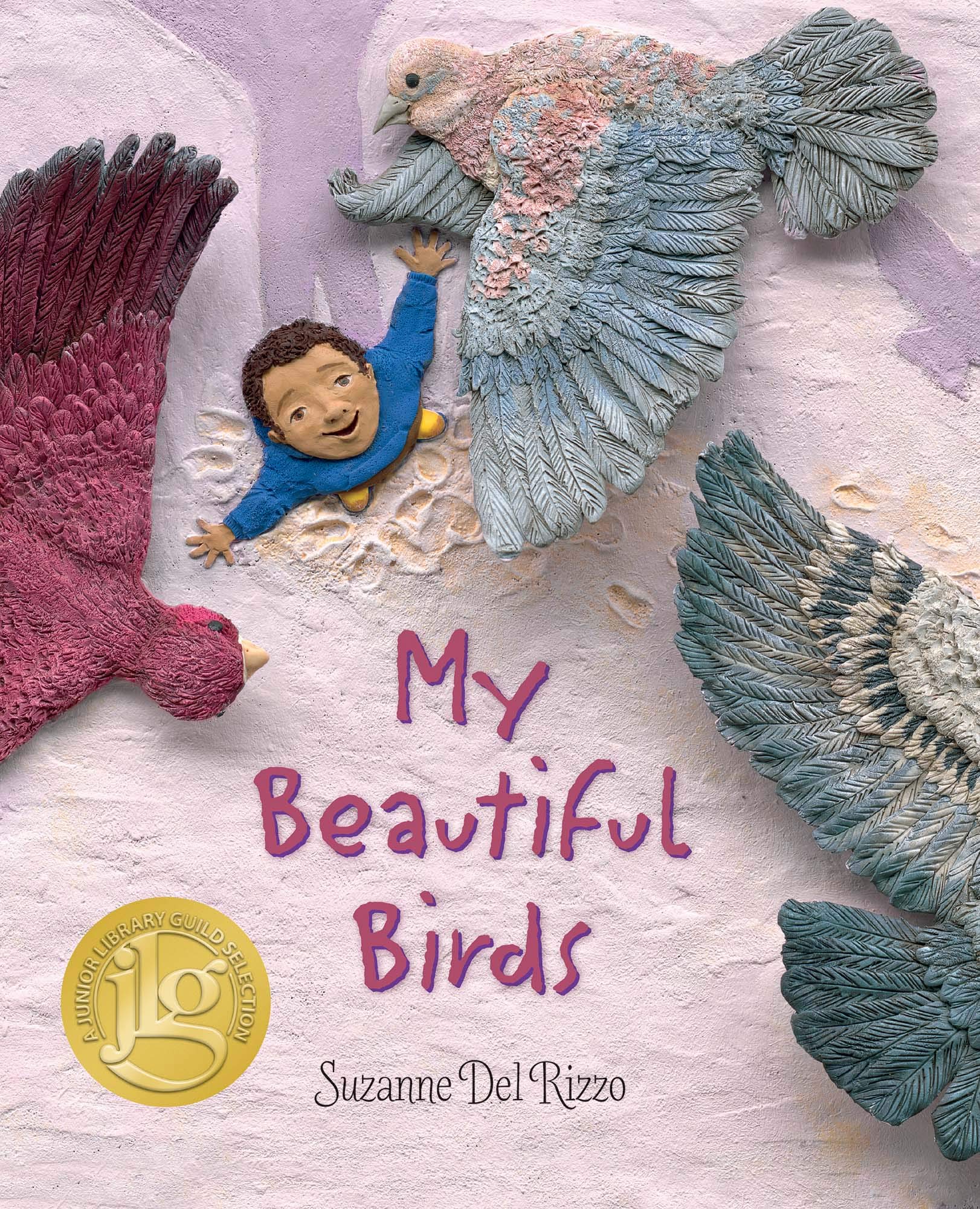 Victoria Jamieson, author of
Victoria Jamieson, author of  “Iron Lake” by William Kent Krueger
“Iron Lake” by William Kent Krueger

